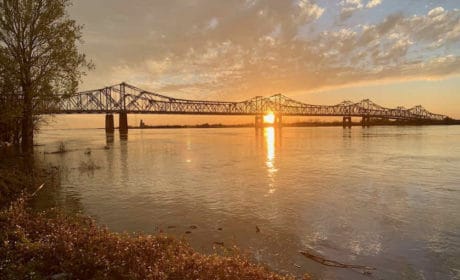Here’s a Southern musical road trip to satisfy any boomer road tripper who loves music. Kathleen Walls (American Roads and Global Highways) introduces an itinerary for a musical road trip in the South that celebrates the history and unique sounds of Southern music.
Table of Contents
Southern Musical Road Trip itinerary
Music in the America South evolved and grew over many years. Evolving into many styles, each musical genre has a unique sound, yet there are lots of relationships between them. It’s fun to take a Southern musical road trip to visit the places that helped create these different types of American music.
This USA boomer road trip follows a loose zig-zag itinerary that travels East to West, also going North to South back North and then South again to trace the region’s musical history. Or take these ideas to create your own itinerary. Now, let’s head out on the road to trace the roots of the musical South.
Listen to Bluegrass in the North Georgia Mountains
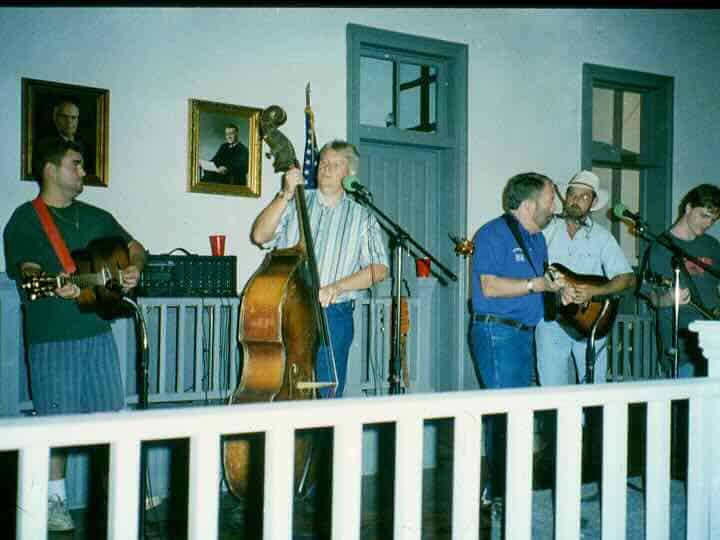
Southern music began with the songs brought over from their homelands by the Scottish and Irish who settled Appalachia after the Revolution. You know it as Bluegrass.
In Georgia’s Union and Towns Counties, they still play this music at many small town events, like the annual fiddling, dobro, mandolin, and Bluegrass Band contests at the North Georgia Mountain Fair in Hiawassee. You will also hear it every Friday night at the Old Courthouse in Blairsville during the summer months.
While you’re in the Blue Ridge mountains, don’t miss the fun things to do in Blue Ridge, Georgia. After a day of rafting or riding the scenic train, enjoy a musical scene that expands beyond blue grass music.
Boomer Travel Tip
Use our road trip planner to make the most of your next road trip adventure.
Travel to Macon, Georgia birthplace of Southern Rock
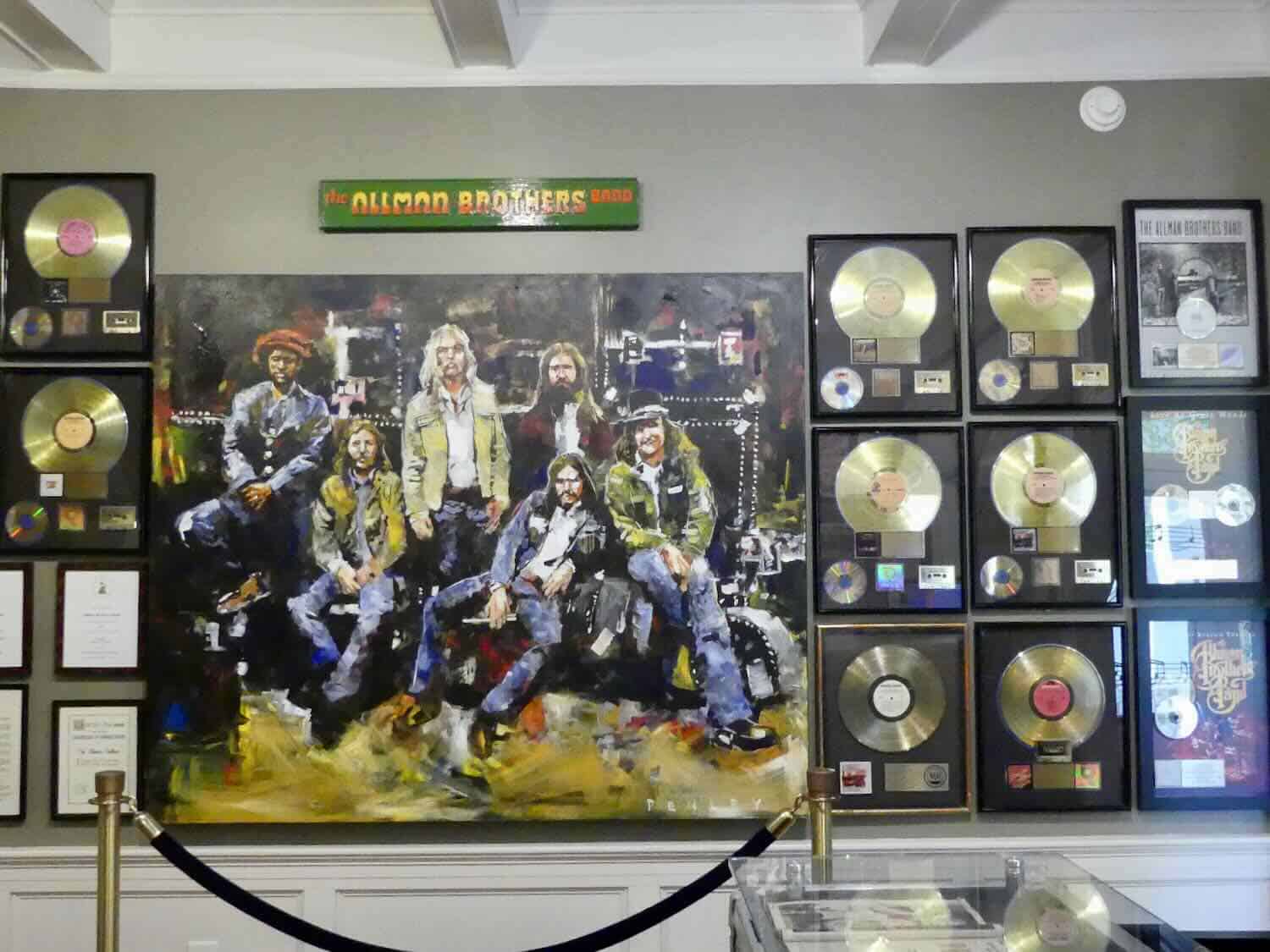
Now let’s drive south, and many decades later, to the music scene in Macon, Georgia. In 1969, The Allman Brothers Band combined the sounds of Jazz, Blues, and Country music to create Southern Rock.
They created their sound in Macon, already home to Otis Redding, Little Richard, and other music legends. Southern Rock made Macon the music hotbed of the country for a while.
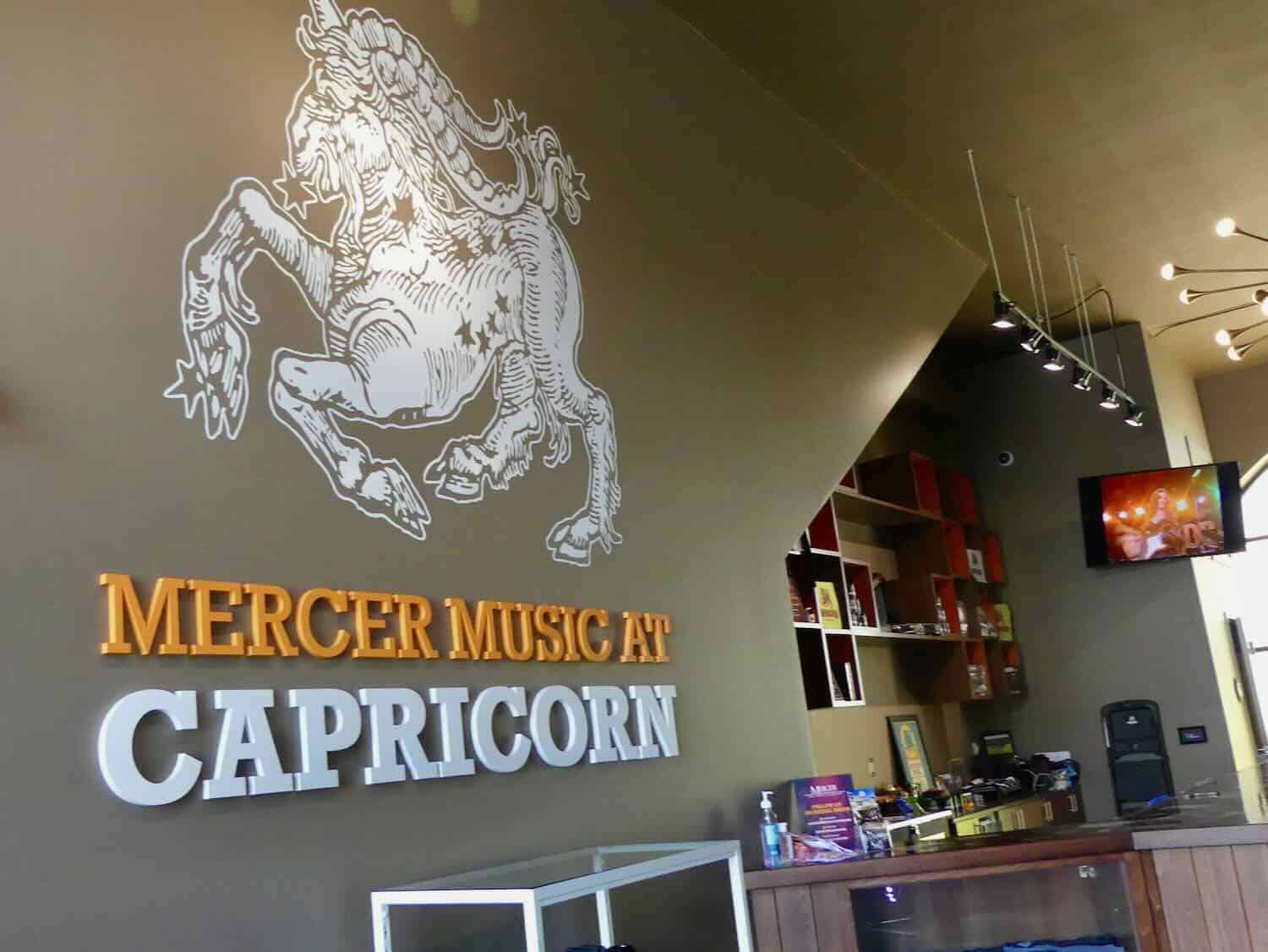
Capricorn Studio was where so many other music legends, besides the Allman Brothers Band, recorded. Percy Sledge, Charlie Daniels, Wet Willie, and others recorded here.
Reopened by Mercer University, the facility combines a working studio with a museum. Its Studio A is where Southern Rock was born.
The Allman Brother’s home, known as The Big House, is now open for tours. It’s filled with instruments, clothing, memorabilia, and posters.
Head North and West to hear the Muscle Shoals Sound
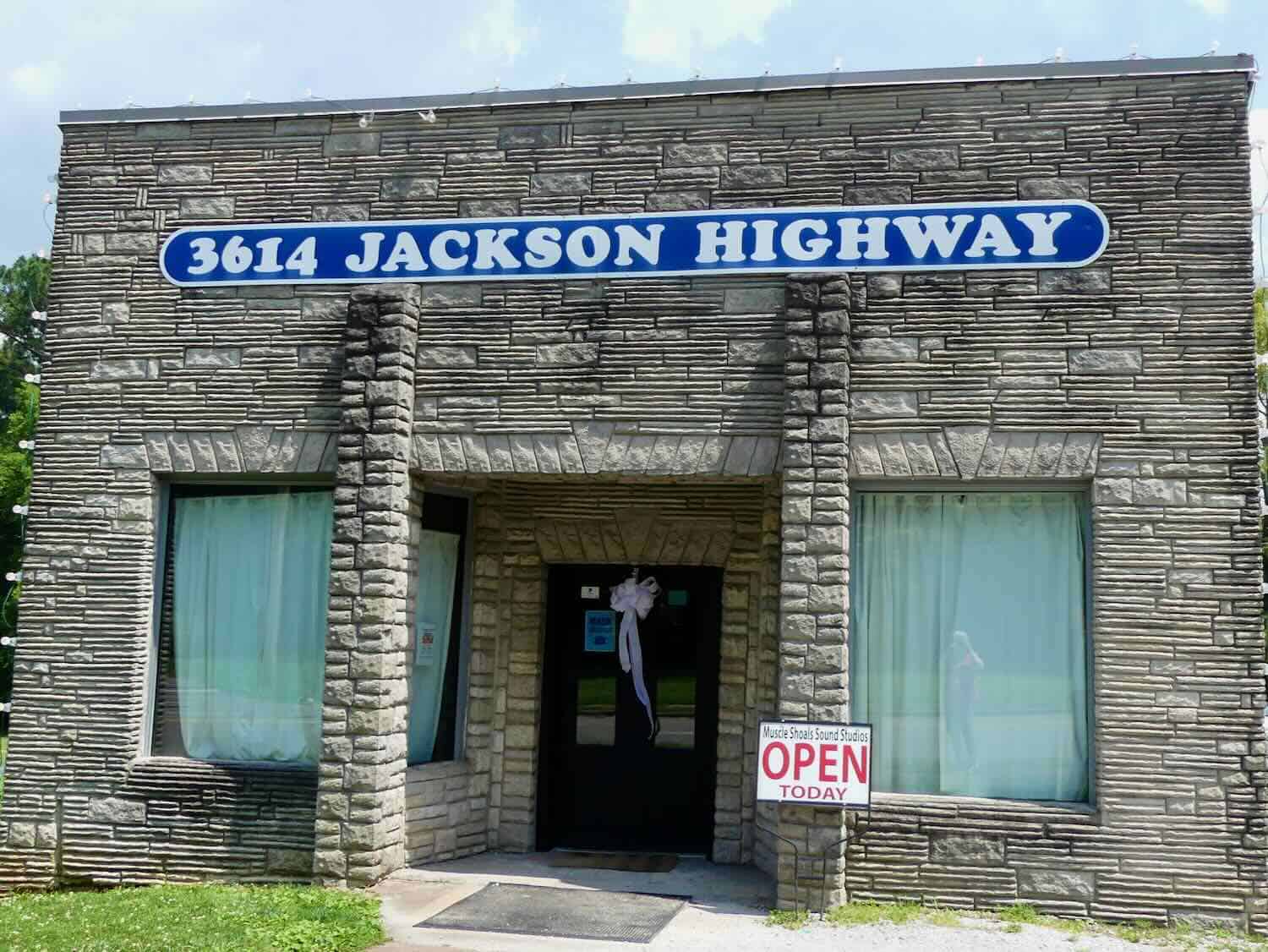
In the early ‘60s, in the northwest part of Alabama, Soul and Rock music collided and produced a new genre, The Muscle Shoals Sound. At his FAME Studio, Rick Hall recorded all races in spite of Jim Crow Laws.
His first big hit record was Arthur Alexander’s “You Better Move On” in 1961. Hall recorded Wilson Pickett, Etta James, and Aretha Franklin, who credits Hall for her becoming the “Queen of Soul.”
Hall also recorded big name Country singers like Pam Tillis, Tim McGraw, Shenandoah, Billy Ray Cyrus, Alabama, Reba McEntire, and Jerry Reed.
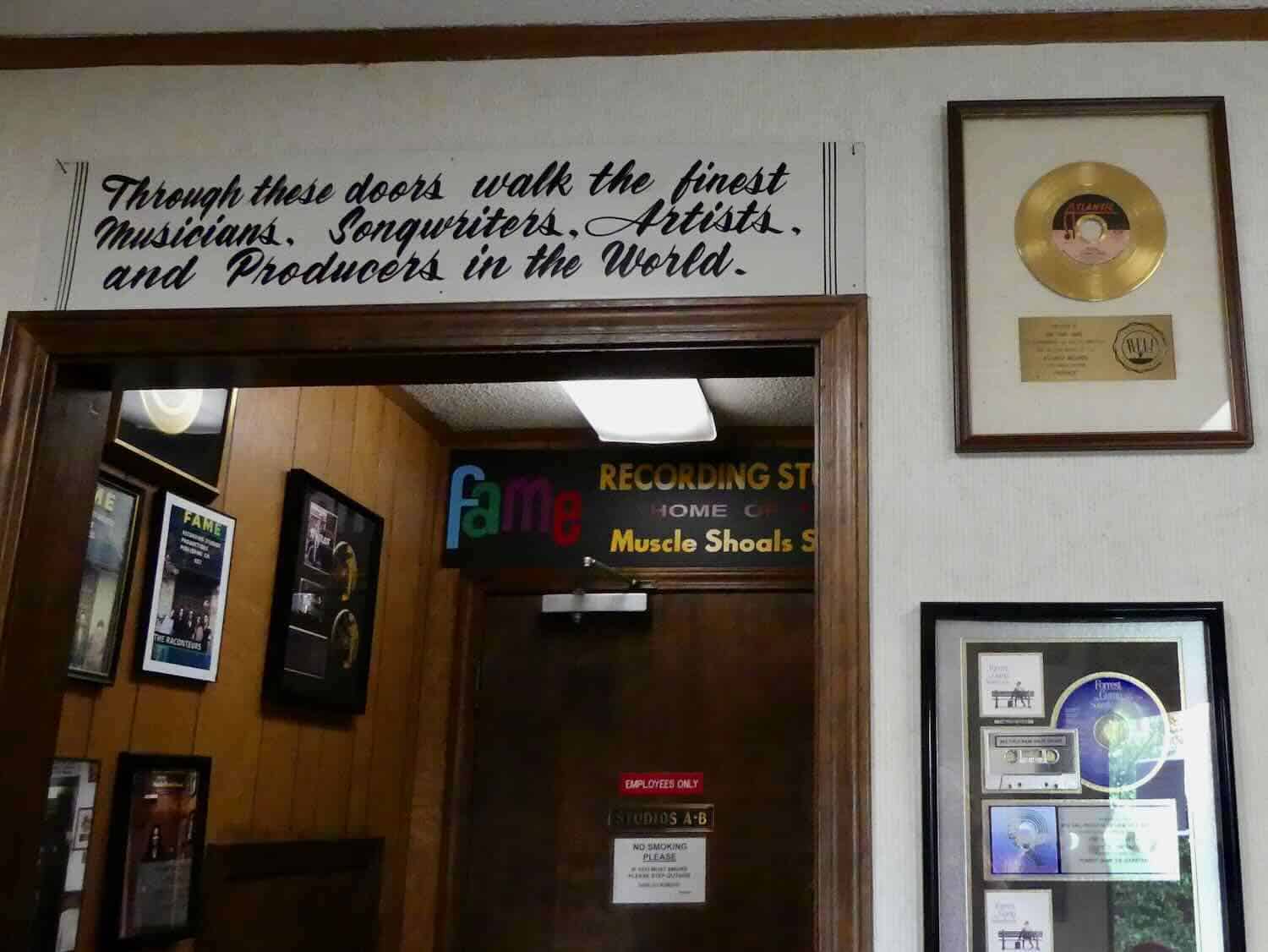
In the ‘60s, he gave the first break to a little known guitar player named Duane Allman, who was homeless and living in the FAME parking lot. The Allman Brothers recorded “Southern Blood” at FAME in March 2016 and released after Gregg Allman’s death in 2017. It’s a working studio with tours open to the public.
The backup band Muscle Shoals Rhythm Section, who later became known as the Swampers, opened their own studio called Muscle Shoals Sound Studio. Cher’s “3614 Jackson Highway” was the first album cut at this studio and named for the address.
After being shut down for years, The Muscle Shoals Music Foundation bought the old studio and now offers tours.
Another style of music is remembered in the Muscle Shoals area. William Christopher Handy, known as the “Father of the Blues,” was born in the Shoals. His birthplace, a small log cabin, is now a museum, still owned and operated by his family. This museum is another spot music lovers need to visit.
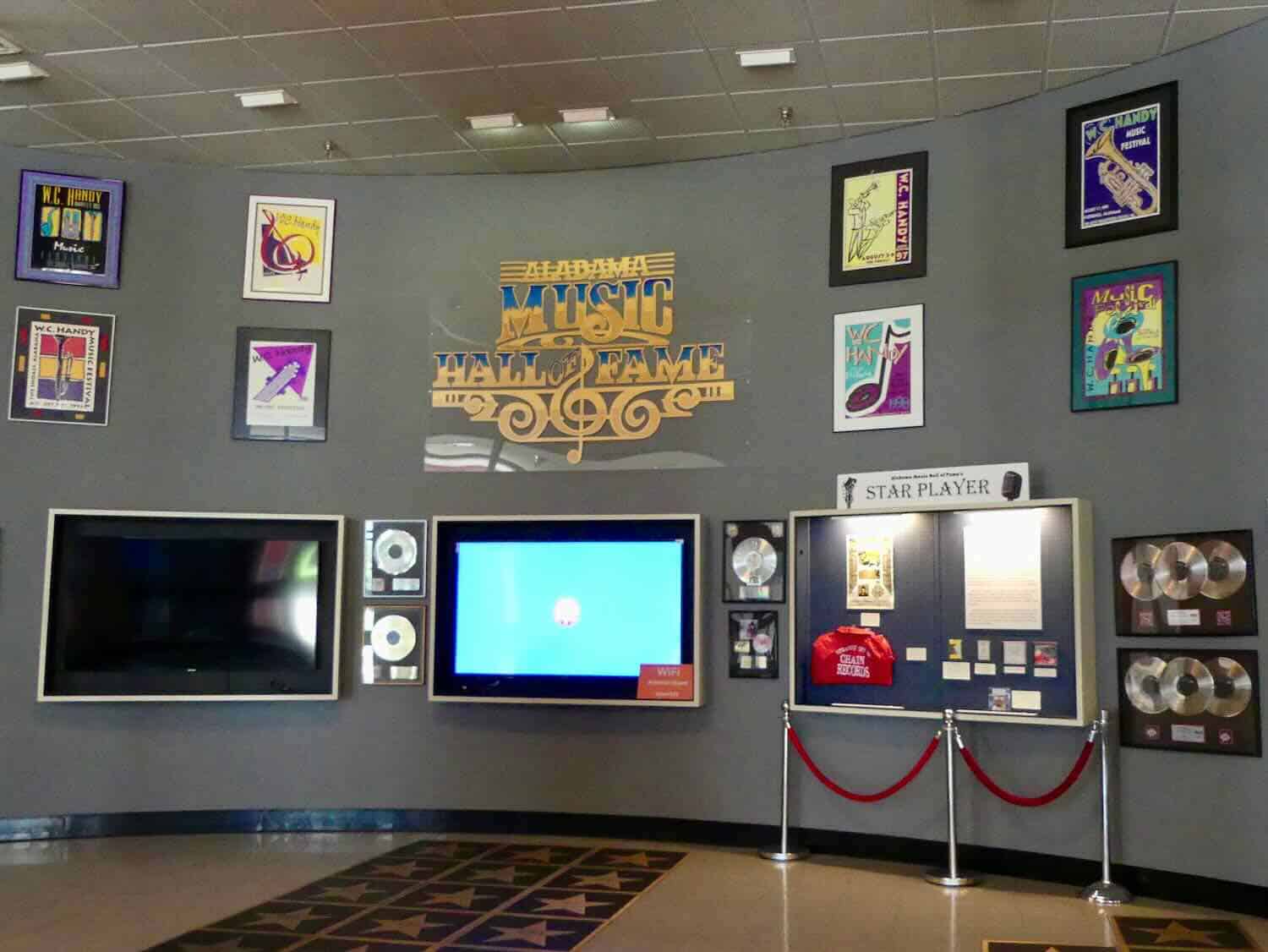
The Alabama Music Hall of Fame is in the Shoals. This fantastic museum tells all of Alabama’s music story.
When you’re ready for a nature break, drive out to Dismals Canyon for an off-the-beaten-path Alabama destination.
Boomer Travel Tip
Need to update your road trip gear? Start with our recommendations for best road trip gear.
Keep driving North to Nashville and the country music scene
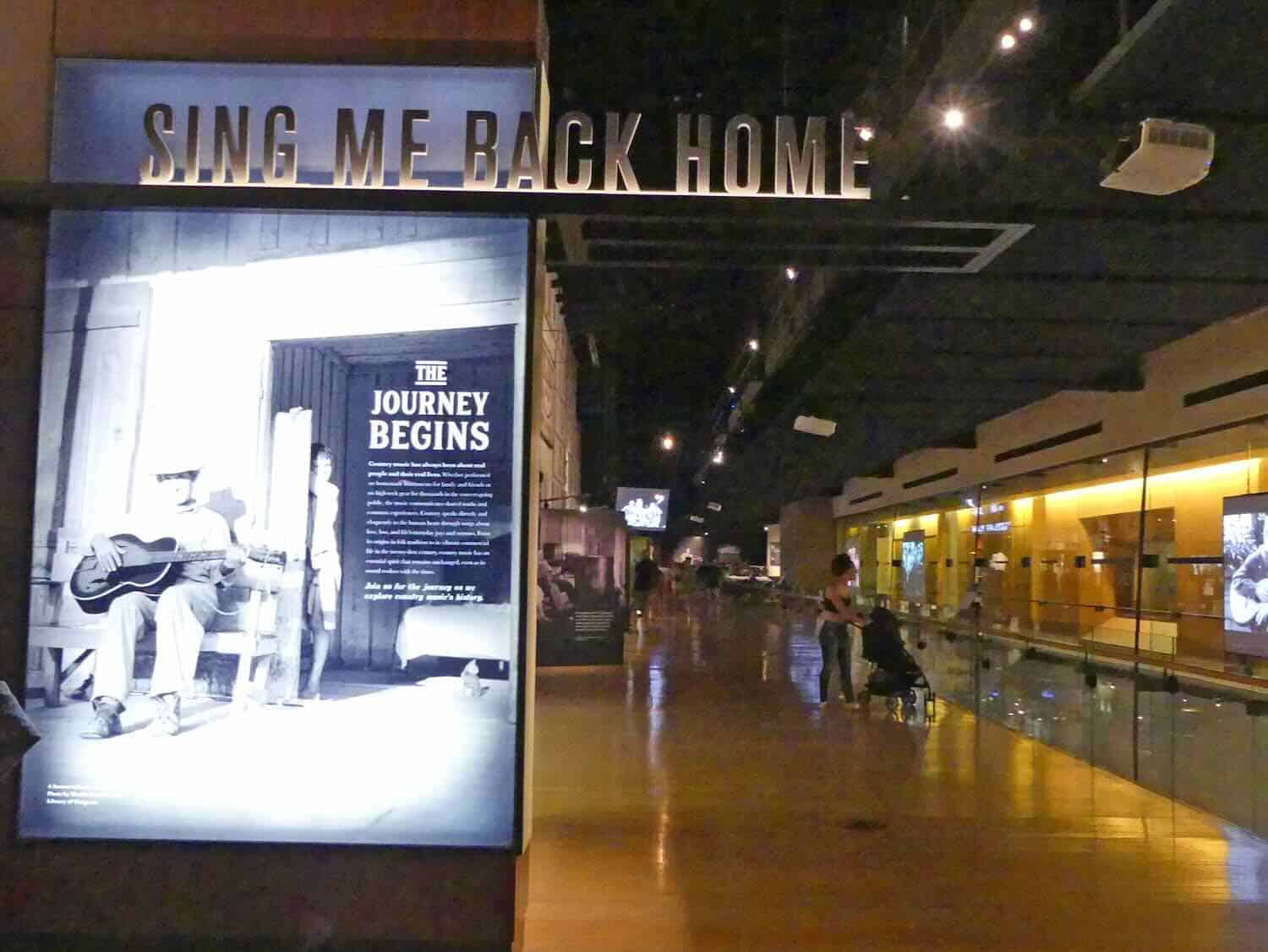
In Nashville, as the Grand Old Opry became a show listened to by hundreds of rural families on their radio during the Depression years, Bluegrass added a guitar to the banjo and fiddle to became what was first called Hillbilly Music and later a more respectable title of County and Western. It also merged some of the Blues with the Bluegrass.
The Grand Ole Opry sent this music out from Ryman Auditorium to the listeners every Saturday night. Do visit Ryman and the many museums dedicated to the musicians who began this music, and those who came later inspired by the earlier sounds.
RCA Studio in Nashville recorded the most popular of those musicians. Be sure to tour the studio and see the actual recording instruments used by singers like Hank Williams, Kitty Wells, Roy Acuff, and the other musicians. Reservations to the tour include the Country Music Hall of Fame.
Stars Walk of Fame Park, located across the street from the Country Music Hall of Fame, memorializes country musicians. As far back as 1930 Country and Jazz intermingled when Jimmie Rodgers, known as the Father of Country Music, made a record with Louis Armstrong of “Blue Yodel No. 9.”
Louis Armstrong, not only recorded an album of country music in Nashville, but joined Johnny Cash in a television special.
Bob Wills and his Texas Playboys were known for adding Jazz to his music, creating Western swing. Just listening to Willie Nelson and Ray Charles duo of “Seven Spanish Angels” shows a perfect merging of the genres.
Head South and West to Memphis, the home of the Blues
As Hank Williams said, let’s “Move it on over” to Memphis. The city is famous as the home of the Blues. After all, it’s just a few miles north of the Mississippi Delta where the Blues were born.
You’ll want to include an evening wandering Beale Street as the sounds of Blues and Soul spill out from the nightclubs and restaurants that line “America’s most iconic street.”
There’s much musical history to experience in Memphis. Start at Sun Studio, founded by Sam Phillips in 1950, which merged the sound of the Blues with Country giving birth to Rock-and-Roll.
Phillips wanted to bring the music of the black sharecroppers he had heard as a youth in the Alabama fields to a white audience. He recorded Howling Wolf and B.B. King. But in 1951, Phillips recorded “Rocket 88” by Jackie Brenston and his Delta Cats; in reality, that was Ike Turner and his Kings of Rhythm using a different name. It’s believed to be the first Rock-and-roll song.
But in 1953, the music world was turned on its head when an unknown teenager released his first single for Sun Records, “That’s All Right, Mama.” Elvis Presley became “The King of Rock-and-roll.” Be sure to visit Sun Studio and see the room and equipment where Elvis, Jerry Lee Lewis, Johnny Cash, and Carl Perkins recorded Rock-and-roll hits of the ‘50s. A visit to Graceland, Presley’s long-time home, is also a must.

When it comes to Soul Music, don’t miss Stax Studio, which focuses on African American musicians who gave birth to the genre. The studio was housed in an old theater in a poor neighborhood of Memphis.
Here, songs by some of the greatest Rhythm and Blues and Soul artists of all time were produced, including Otis Redding, Booker T. and the MGs, Rufus and Carla Thomas, and Wilson Pickett. Today, a rebuilt replica of the theater and studio is open as the Stax Museum of American Soul Music.
Venture South to the Mississippi Delta, the birthplace of the Blues
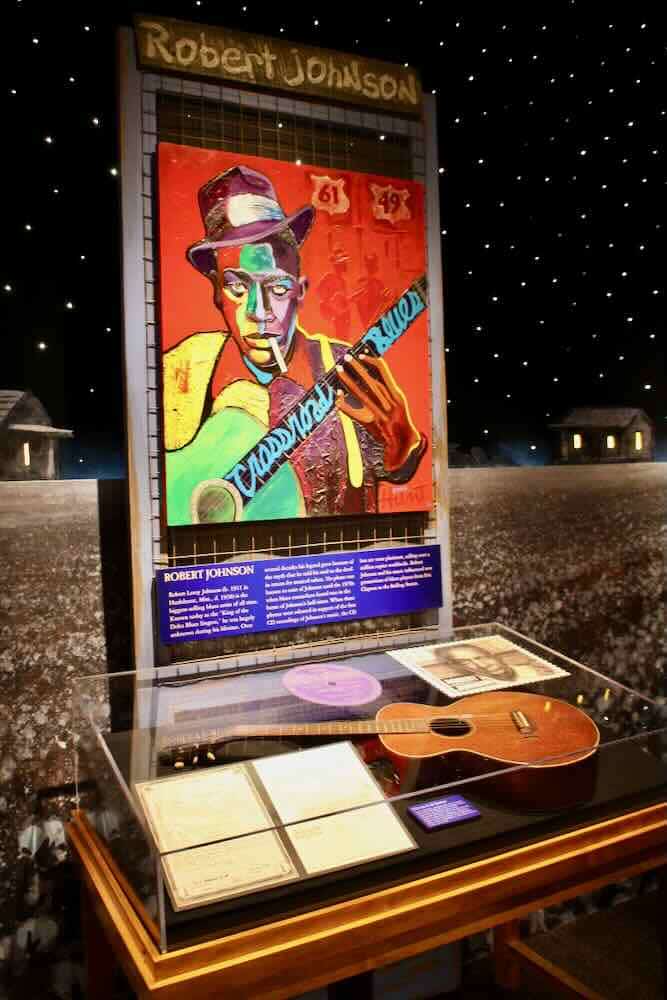
While Memphis became the eventual home of the blues, the soulful musical style was born in the Mississippi Delta. In the Delta, the Blues evolved from the chants and field songs of the enslaved people as they labored in cotton fields they did not own. By the mid-19th century it was called the Blues.
Start your Mississippi Delta road trip in DeSoto County in the town of Hernando at the DeSoto County Museum. View the exhibit on Miss Mary Cotton’s Café, considered the most famous juke joint in DeSoto County. Blues musicians, including Robert Wilkins, Jim Jackson, Gus Cannon, and Memphis Minnie, played there.
Memphis Minnie’s and Joe Callicott’s graves and trail markers on the Mississippi Blues Trail, along with The Dickinson Family, are nearby.
The county’s most famous resident associated with a later evolution of music is Jerry Lee Lewis. The museum displays one of his pianos. His Lewis Ranch, just outside Hernando, is open for tours.
Move down to Tunica, known as the Gateway to the Blues. The Visitors Center Museum is fantastic. You can even make our own recording here. The Tunica Museum and Mississippi River Museum and Aquarium at The Tunica River Park also have a lot of the Blues history.
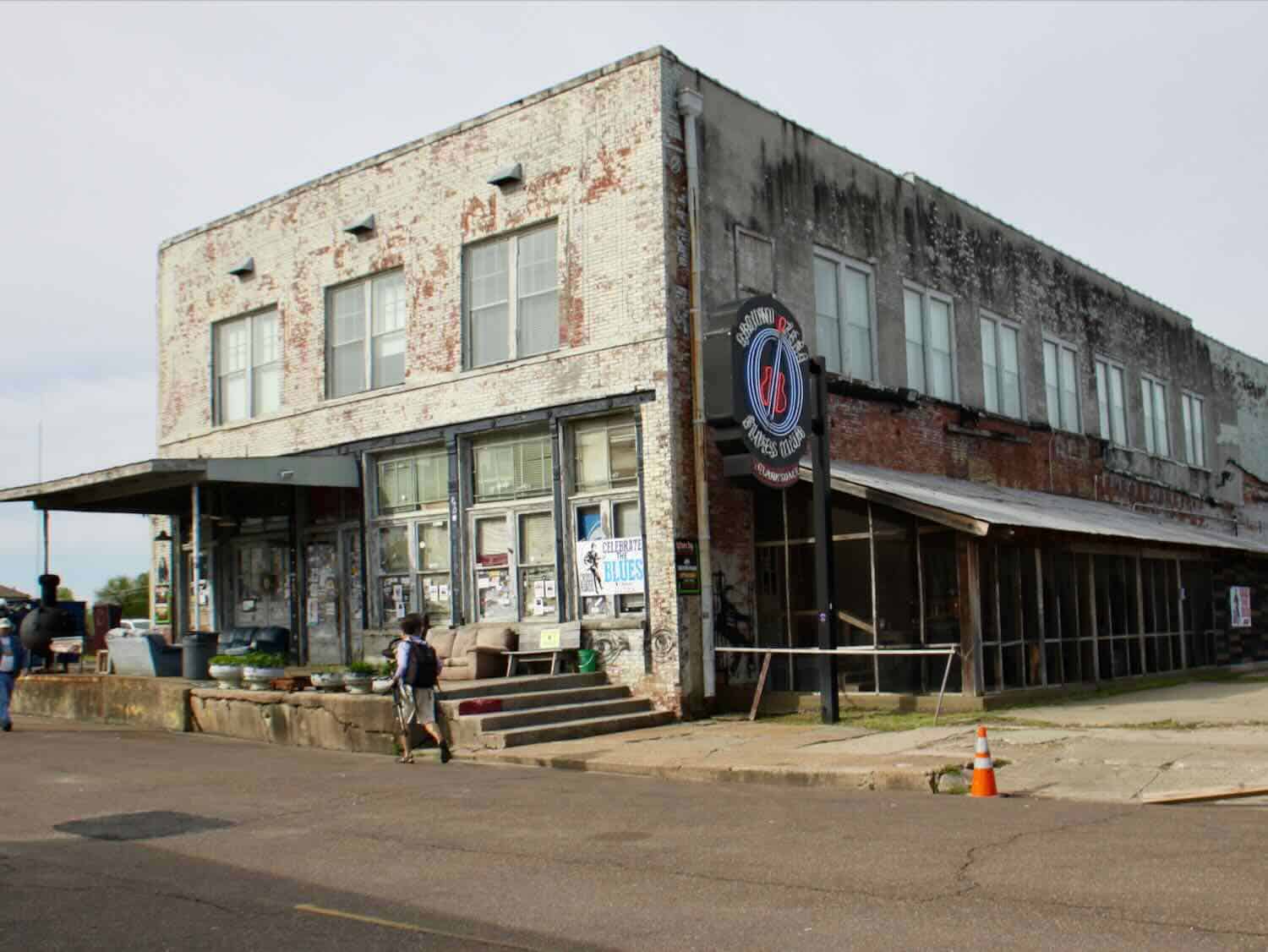
Just a little farther South, Clarksdale is a hotbed of the Blues. Ground Zero Blues Club was once a cotton-grading warehouse. Downstairs is the club where all walls are covered with intentional graffiti and upstairs are cute retro apartments you can rent for the night or longer.
It’s next door to the Delta Blues Museum, a must for Blues fans. Also, be sure to see Hambone Art Gallery’s Rock and Blues Museum. If you’re there in mid-April, catch the Annual Juke Joint Festival.
The Crossroads is sort of the opposite of the “Mother Church of the Blues”. It is where the most fascinating legend of blues history is said to have occurred.
Supposedly, Robert Johnson sold his soul to the Devil at the crossroads of Highway 61 and 49. You can’t miss it, as they marked it with a giant guitar.
Ironically, Highway 61 is known as the “Blues Highway” and Highway 49 will lead you to Parchman Prison. Many Bluesmen are familiar with and have written songs about that location.
Cleveland is home to Dockery Farms, their claim to fame is “Where the Blues Began.”
Indianola is all about B.B. King. Visit his museum there and then see the spot where he first played on the street. It’s marked with a plaque.
Don’t miss Bobbie Gentry’s Bridge. Maybe you can figure out what Billy Joe McAllister threw off that bridge. There’s a plaque marking the spot.
Last stop: New Orleans home of American jazz
With the city’s jazz history, New Orleans is the perfect conclusion to your Southern Musical road trip. It was in New Orleans where the African American Jazz musicians brought strains of the Blues with their vibrant horn sounds into white music venues.
The Old Mint is a great place to get a feel for New Orleans’ early Jazz. The second floor is the New Orleans Jazz Museum and has the world’s largest collection of Jazz instruments.
There are exhibits about Jazz legends like Bix Beiderbecke, George Lewis, Edward “Kid” Ory, Sidney Bechet, and Dizzy Gillespie. Louis Armstrong’s cornet and Fats Domino’s piano are the highlights for me. I’m a big fan of both.
The New Orleans Jazz Museum hosts annual festivals (check calendar here), including the annual Satchmo Fest. Louis Armstrong was nicknamed “Satchel Mouth” and later shortened to “Satchmo” because friends said his mouth looked like a satchel.
To hear real Jazz, attend a musical performance at Preservation Hall. Louis Armstrong Park has monuments including a 12-foot statue of Louis Armstrong, a bust of Sidney Bechet, and a depiction of Buddy Bolden, one of the early Jazz greats. It is the home of many events, including the Jazz in the Park, a free concert series, and the Louisiana Cajun & Zydeco Festival.
New Orleans Jazz National Historical Park, part of the National Park System, is currently closed for repairs due to 2021 Hurricane Ida. The Visitor Center has been moved temporarily to 916 N. Peters Street until at least the end of June 2023. Keep up with details here.
While Jazz is a major part of the musical heritage in New Orleans, there is more. When French Canadian Acadians were forced out of Canada, many settled in the Louisiana bayous, bringing their fiddles and accordions with them.
These French immigrants became known as Cajuns. The intermingling of the French Canadians with African slaves and Native Americans, influenced the development of two musical genres: Cajun and Zydeco, which you can hear at many live music venues scattered throughout New Orleans.
This is the end of your Southern Musical road trip. But since music is ever evolving, be prepared to add other hotspots to this itinerary as new forms of music become popular. Who knows where it will take you?


